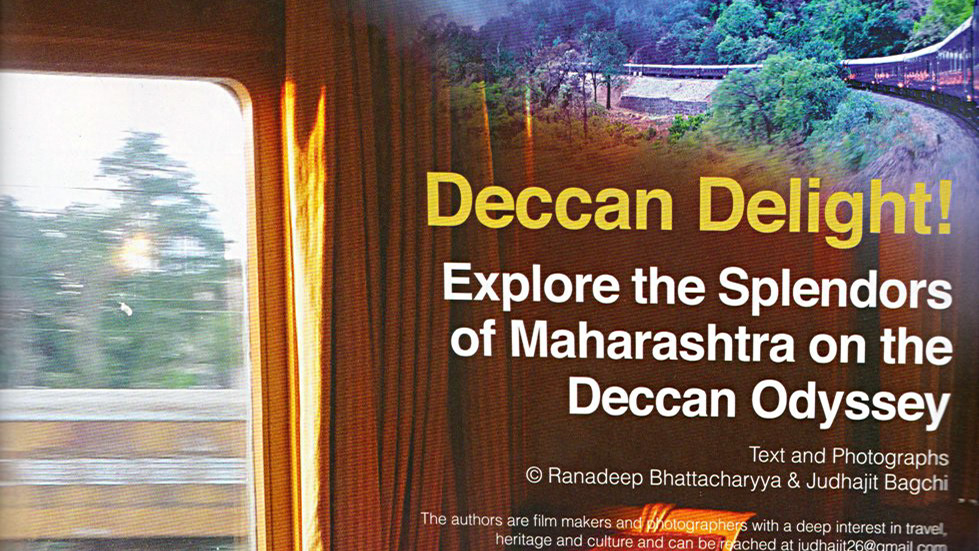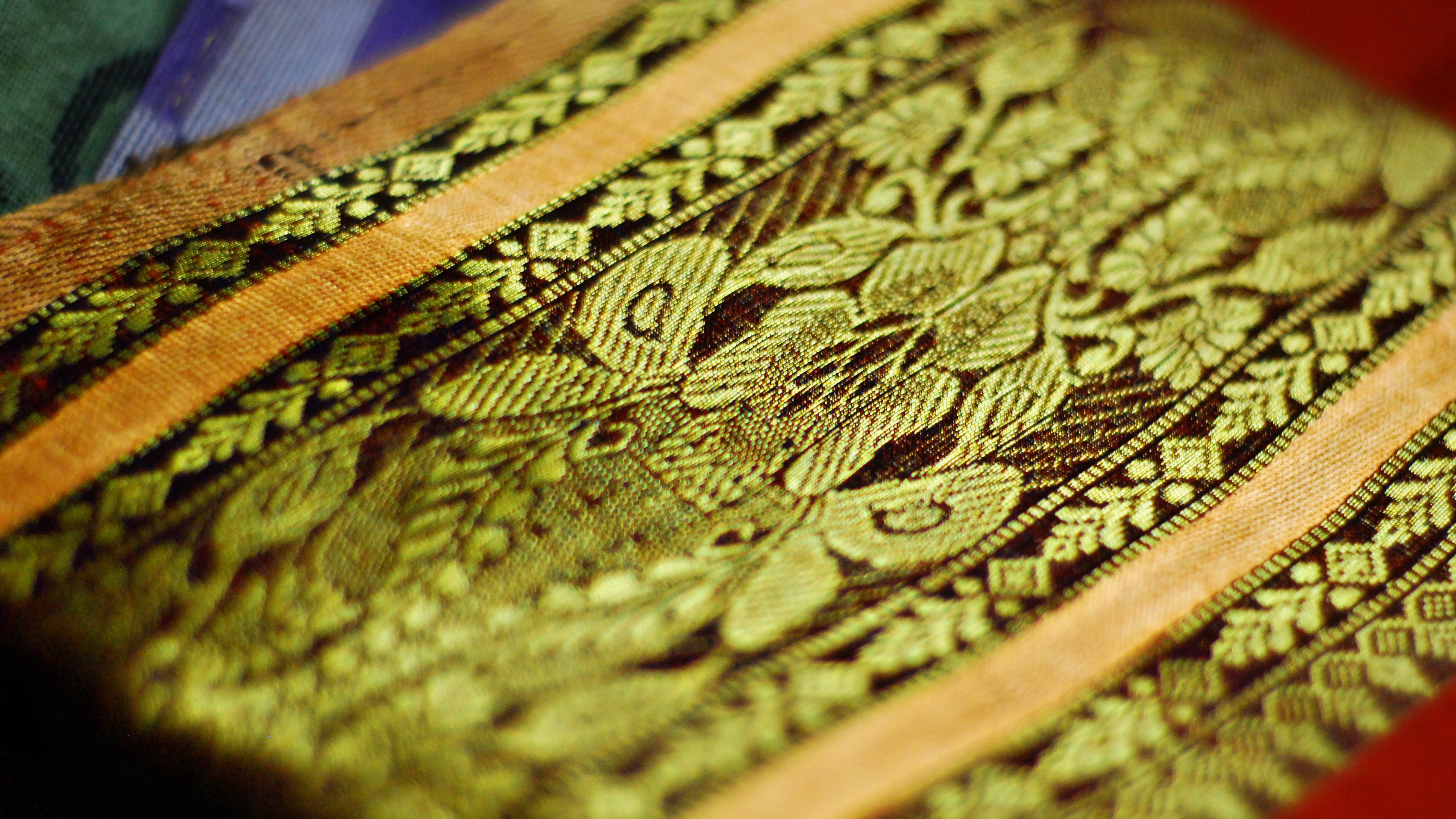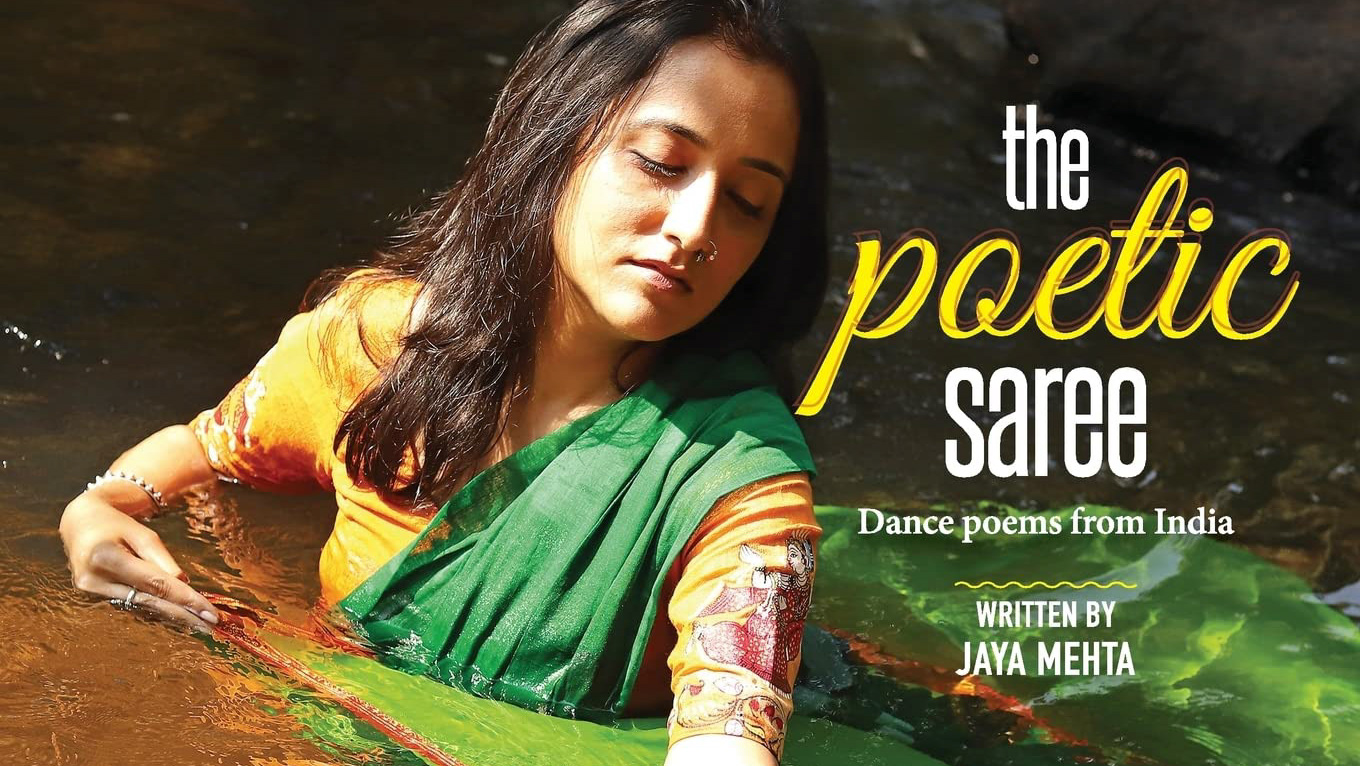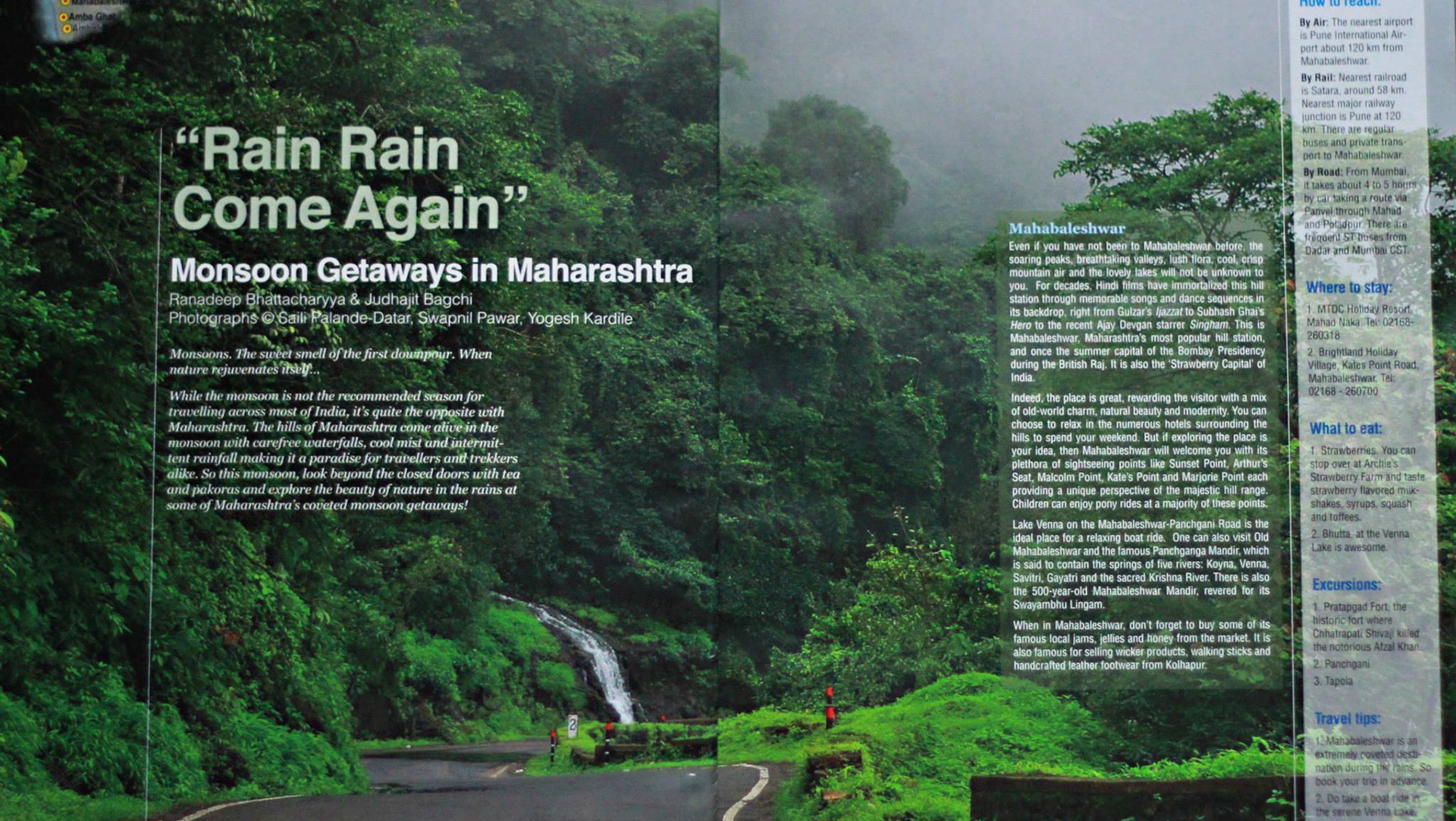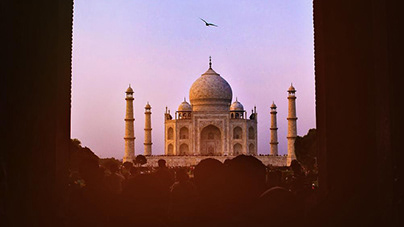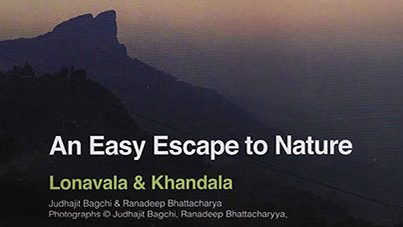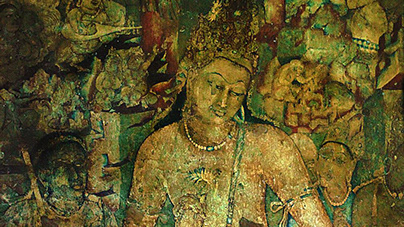We had the privilege of being part of the International Photo Exhibition on UNESCO World Heritage sites in India and abroad at Alliance Francaise de Bangalore in January 2015.
Photographers: Judhajit Bagchi & Ranadeep Bhattacharyya
Prints available for Sale. Write to contact@yaanusfilms.com
Prints available for Sale. Write to contact@yaanusfilms.com
Heritage Site: Himalayan Mountain Railway, Darjeeling
Location: West Bengal
The Darjeeling Himalayan Railway, also known as the "Toy Train", is a 2 ft (610 mm) narrow gauge railway that runs between New Jalpaiguri and Darjeeling in the Indian state of West Bengal, India. Built between 1879 and 1881, the railway is about 78 kilometres (48 mi) long. Its elevation level varies from about 100 metres (328 ft) at New Jalpaiguri to about 2,200 metres (7,218 ft) at Darjeeling. Four modern diesel locomotives handle most of the scheduled services; however the daily Kurseong-Darjeeling return service and the daily tourist trains from Darjeeling to Ghum (India's highest railway station) are handled by the vintage British-built B Class steam locomotives. The railway, along with the Nilgiri Mountain Railway and the Kalka-Shimla Railway, is listed as the Mountain Railways of India World Heritage Site. The headquarters of the railway is in the town of Kurseong. Operations between Siliguri and Kurseong have been temporarily suspended since 2010 following a Landslide at Tindharia.[1] (Wikipedia)
Heritage Site: Western Ghats
Location Maharashtra
The Western Ghats are a mountain range that runs almost parallel to the western coast of the Indian peninsula, located entirely in India. It is a UNESCO World Heritage Site and is one of the eight "hottest hotspots" of biological diversity in the world.[1][2] It is sometimes called the Great Escarpment of India.[3] The range runs north to south along the western edge of the Deccan Plateau, and separates the plateau from a narrow coastal plain, called Konkan, along the Arabian Sea. A total of thirty nine properties including national parks, wildlife sanctuaries and reserve forests were designated as world heritage sites - twenty in Kerala, ten in Karnataka, five in Tamil Nadu and four in Maharashtra.[4][5] The range starts near the border of Gujarat and Maharashtra, south of the Tapti river, and runs approximately 1,600 km (990 mi) through the states of Maharashtra, Goa, Karnataka, Kerala and Tamil Nadu ending at Kanyakumari, at the southern tip of India. These hills cover 160,000 km2 (62,000 sq mi) and form the catchment area for complex riverine drainage systems that drain almost 40% of India. The Western Ghats block southwest monsoon winds from reaching the Deccan Plateau.[6] The average elevation is around 1,200 m (3,900 ft).[7] The area is one of the world's ten "Hottest biodiversity hotspots" and has over 7,400 species of flowering plants, 139 mammal species, 508 bird species, 179 amphibian species and 288 freshwater fish species; it is likely that many undiscovered species live in the Western Ghats. At least 325 globally threatened species occur in the Western Ghats.(Wikipedia)
Heritage Site: Kaas Plateau, Valley of Flowers
Location: Maharashtra
The Kaas Plateau also known as the "Kaas Pathar" is a platue situated in the Western Ghat Sahyadri range, 22 kilometers from Satara city in Maharashtra state of India and is known for various types of wild flowers which bloom during August-September every year. The area of plateau is located at a height of 1200 mt and is approximately 1,000 hectare.[2] The name Kaas originates from Kaasa tree (Elaeocarpus glandulosus). It has been declared as Biodiversity World Heritage Site by The United Nations Educational Scientific and Cultural Organization (Unesco).[3][4] The place has more than 850 different species of flowers and other plants including Orchids, Karvy and carnivorous plants such as Drosera Indica. This falls under the Sahyadri Sub Cluster of Western Ghats which is now a UNESCO World Heritage Site. (Wikipedia)
Heritage Site: Churches of Old Goa
Location: Goa
Old Goa (Konkani:पोरणें गोंय, Pornnem Goem, Adlem Gõi, Goeam) or Velha Goa (Velha means "old" in Portuguese) is a historical city in North Goa district in the Indian state of Goa. The city was constructed by the Bijapur Sultanate in the 15th century, and served as capital of Portuguese India from the 16th century until its abandonment in the 18th century due to a plague. It is said to have once been a city of nearly 200,000 where from, before the plague, the Portuguese traded across continents. The remains of the city are a UNESCO World Heritage Site. Old Goa is approximately 10 kilometres east of the state capital Panjim.(Wikipedia)

